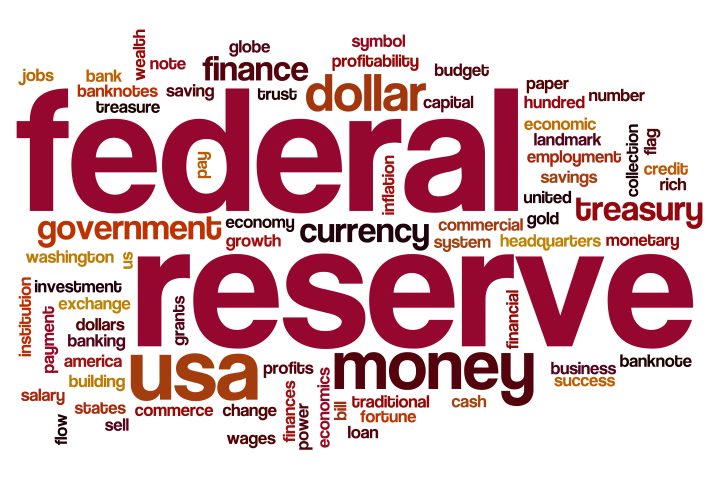Tech stock sell-off gains momentum
Asian markets fell heavily Thursday, 4th March 2021 in early trade, tracking a U.S. decline as further rises in bond yields rattled investors as they fret that this may lead to higher inflation and prompt central banks to raise interest rates early than expected. This is not so good for equities and tech shares in particular.
Nasdaq closed down at: 12988 – futures moved lower touching around 12520 at one point.
The Nasdaq reached a high of 14095 on 12th February 2021. From high to yesterday’s low is a drop of 1107 points – and that is a move down of nearly 8% (7.89%). A fall of 10% from its most recent high is considered to be correction territory!
Nikkei closed down at: 28930 – a drop of some 630 points.
Fluctuations
Shares have fluctuated in recent days as bond yields increase. When yields rise quickly, as they have, it has prompted investors to re-evaluate stocks. Technology stocks are more vulnerable to this evaluation after having soared during the pandemic, making them look overvalued.
Bond movements
U.S. government bond yields rose Wednesday after easing a day earlier. The yield on the U.S. 10 year bond rose to 1.48% from 1.41% early Thursday.
Rising bond yield are creating market jitters however, stocks more affected by economic cycles were faring better.
This may suggest that economic and financial market conditions haven’t deteriorated far enough for Fed action.

Fed chair due to talk Thursday, 4th March 2021
Investors and traders will likely get a better idea of how the Fed views recent bond movements on Thursday, 4th March 2021, as Chair Jerome Powell is scheduled to comment on the economic outlook.
Do bond yield movements warrant a response from the central bank?
Probably… eventually – if bond yields rise too much and too fast, action presumably will be taken.
Options for the Fed – to twist or not to twist?
A policy procedure the Fed has used before known as ‘Twist’ could be brought in to operation again. This was last used in 2011.
‘Twist’ is the process whereby shorter dated government debt is sold whilst simultaneously buying the same amount of longer-dated debt.
It attempts to control the yield curve by ‘twisting’ it – or flattening it out. It has the advantage of allowing the Fed to control both ends of the yield curve. The balance sheet is unaffected using this process.
The Fed chair is due to speak at: 12pm EST – (5pm UK time) – on 4th March 2021.